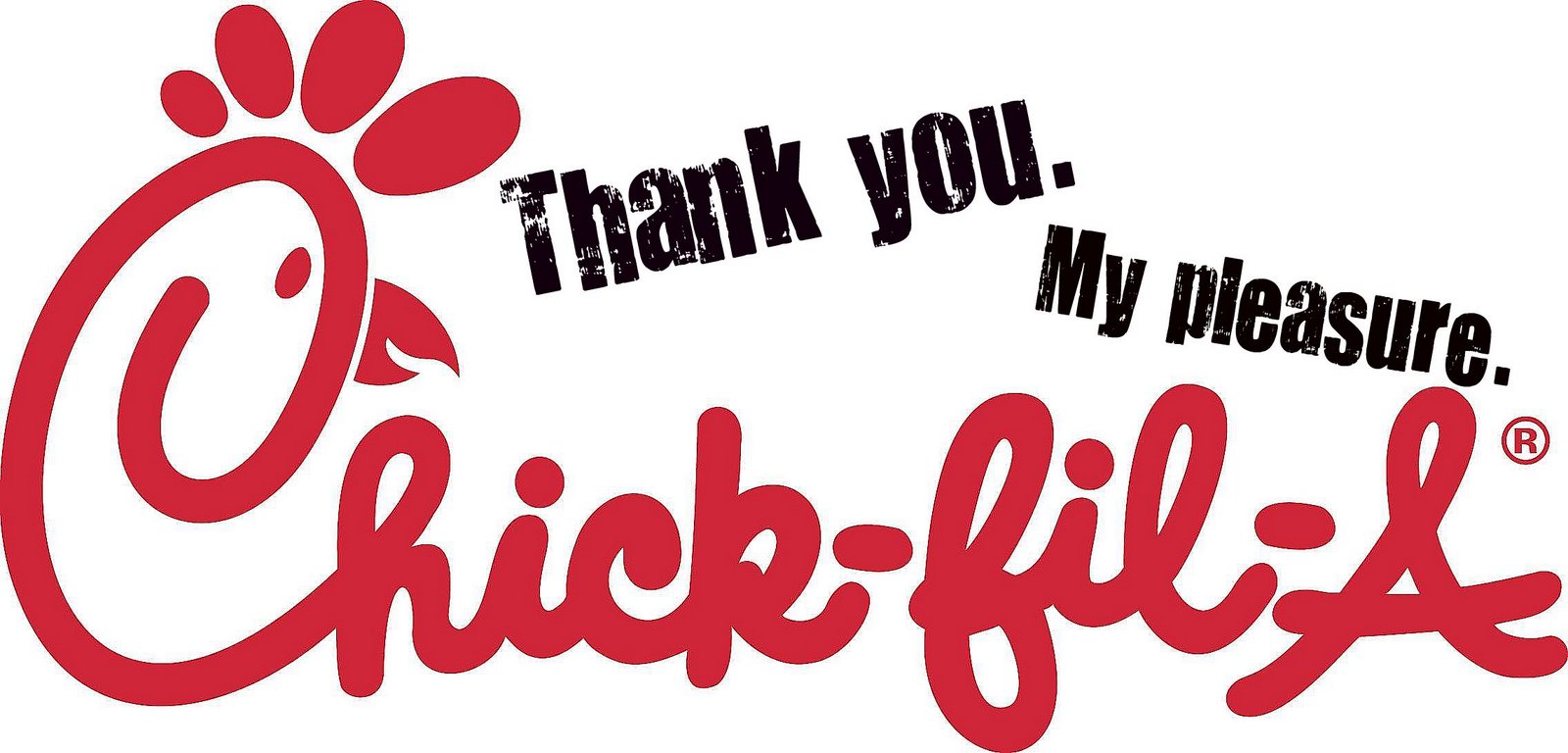 Photo Credit: SlideShare
Photo Credit: SlideShare
Happy Monday, Friends! This weekend’s activities included a visit with friends in their home in the Virginia mountains. The wife is an artisan, and the husband is on staff at a nearby university. He, in fact, mentors student leaders as part of his work. In my little gift bag for them was a favorite leadership story by Mark Sanborn. Its odd title is The Fred Factor: How Passion in Your Work and Life Can Turn the Ordinary into the Extraordinary.
Sanborn uses his experience of a mail carrier named Fred as the hero of his story. Fred, because of his commitment to personal care and service, elevates a seemingly mundane job into the stuff of excellence and fulfillment. On the long drive over, I opened the book and re-read the bits of wisdom we can learn from such a person’s character. We actually have such a mail carrier in our daily lives, and the mail delivery when he is on vacation is very different than when he is on the job.
[Our leader guy friend is a deep thinker who actually referred us to one of his favorite books as well: The 33 Strategies of War by Robert Greene. When we returned home we promptly ordered it and will be reading it by mid-week. Our friend can easily read the little book we gave him in a quick evening. My re-reading it on the drive over stirred its wisdom in my heart and my desire to share it with you as well. One day, I’ll share what Robert Greene teaches us from The 33 Strategies of War.]
The Fred Factor includes five distinctive features: Photo Credit: SlideShare
Photo Credit: SlideShare
We can determine to deliver excellence in our action and attitude at work, no matter our situation. Mail carrier Fred demonstrated that and modeled the content for Sanborn’s book.
Just to give you a taste of his writing, I list four quotes from the book:
1) “When those who know are able to show, those who learn are able to grow.” – Mark Sanborn
A clear lesson here is to note your personnel who have shown mastery in their work and make opportunities for them to mentor those who are eager learners. It is a perfect win-win. Leadership development is an often-discussed topic but isn’t always executed in effective ways.
2) “When people feel that their contributions are unappreciated, they will stop trying. And when that happens, innovation dies.” – Mark Sanborn
Excellent employees don’t need appreciation or acknowledgement to keep them at the task. However, over time, they will weary of the task (and the vision meant to inspire innovation) if they don’t see how what they do fits in the larger picture. One strategy that prevents stagnation or disengagement is going back to 1) – teaming up mentors and those ready to learn.
3) “You are the spark that sets others on fire when you initiate.” – Mark Sanborn
Initiative is rewarded in a culture where there is freedom to create and ownership of work. Control is at a minimum and inclusion in problem-solving is high. For us as employees, nurturing our initiative is huge. For us as leaders, we do ourselves and our employees good when we guard against waning initiative.
One Behavior Separates the Successful from the Average – Benjamin P. Hardy
Six Simple Ways to Rekindle Your Employees’ Love For Their Job – Lama Ataya
4) “Faithfully doing your best, independent of the support, acknowledgment, or reward of others, is a key determinant in a fulfilling career.” – Mark Sanborn
At the end of the day, for all of us, we are the masters of our own work, in terms of excellence. The greatest challenge to how our day goes is our own attitude. We all know this. Still, it’s easy for us to allow the negative impact of others diminish who we are or what we do. We are wise to keep learning on the job, especially from folks like Fred (and writer Mark Sanborn).
 Photo Credit: SlideShare
Photo Credit: SlideShare










